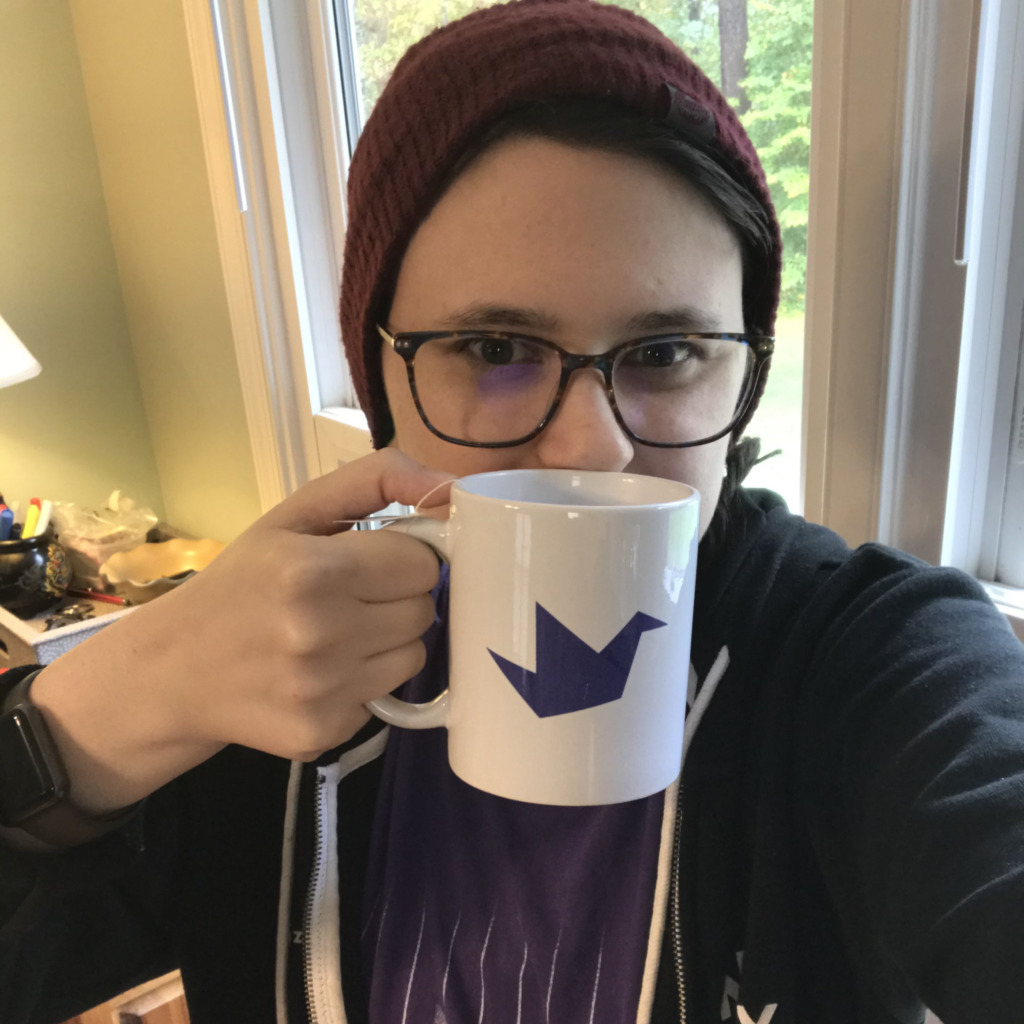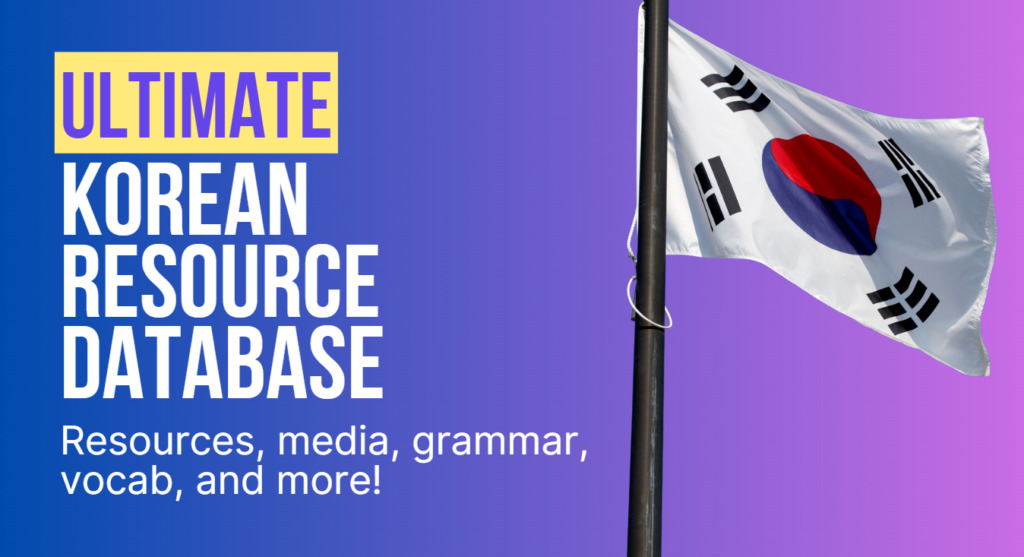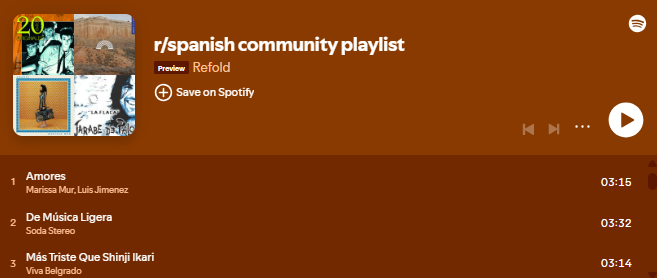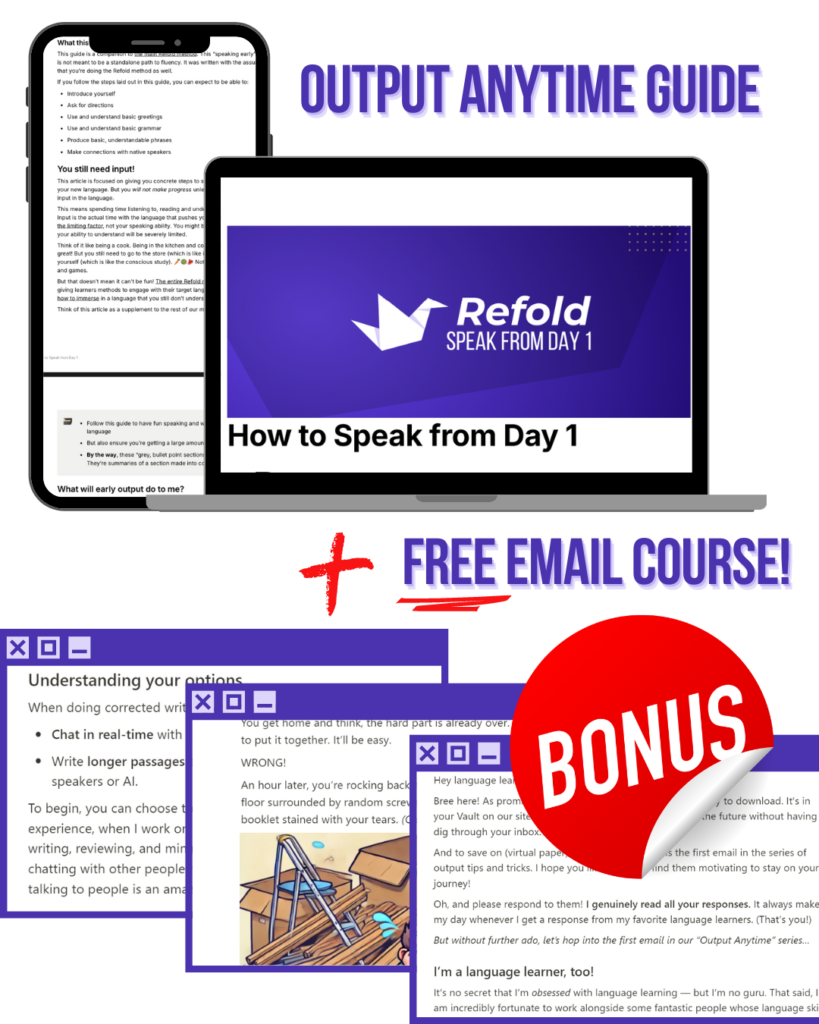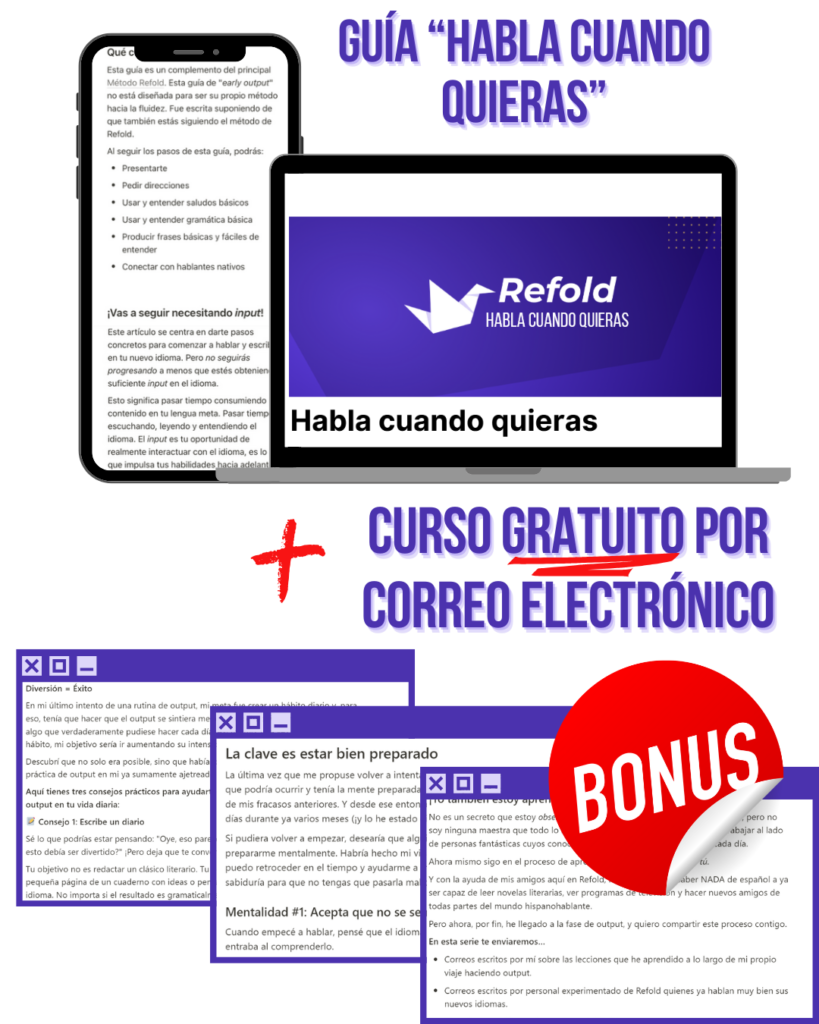Intro

A common question I get on my corner of the Refold network, especially from beginners, is what type of content to watch. The roadmap suggests beginners to start with simple scripted shows like dubs and children’s shows, and it’s natural to ask when one’s ready to “graduate” to the next tier of native shows, and graduate further to unscripted native content.
I’m going to talk a bit about my thoughts on this question. By the end of this somewhat comprehensive look at my opinion on the matter, I hope to persuade you that you should start watching some unscripted native content now, and give you some actionable steps to go about doing so.
Language learning isn’t a staircase where you progress one step at a time, it’s more like a forest where you wander to whatever you find interesting and note some cool sights.
The Difference

To start, what’s the actual difference between unscripted and scripted content? The short answer is the amount of thought that goes into the dialogue. This manifests in a few different ways.
Someone writing a script (or a blog post, for that matter) is going to be more careful about the words they choose, is going to clarify things that are unclear, and is going to overall use less colloquialisms. They’ll probably also read things more carefully, making the sound more clear. If your language has considerable differences between formal and informal, those will show up too.
On the other hand, someone speaking on instinct is going to do quite a few things differently. They’re going to use slang. They’re going to mumble. They’re going to occasionally struggle with how to say something, or ramble, or construct weird sentences. In my experience, unscripted dialog is also typically faster. These little differences add up and end up making quite a different sound, and there’s generally a conception that these differences make the language harder to understand.
Keeping these differences in mind, it makes a lot of sense why beginners are advised to stick to friendlier content. The language is more organized, which increases comprehensibility, which increases learning. I agree, and I wouldn’t say to disregard this entirely, but I would caution against the attitude I’ve seen a few times of “I can’t watch X until I can understand Y.” This method works, but there are some benefits to front-loading the difficulty.
Benefits

So unscripted content is more difficult. Great, so what? I think that there are a few benefits to taking the challenge head-on, even as a beginner.
- It’s fast. I don’t think that there’s anything that can properly prepare a new learner for just how fast everything is. When I first started moving from simplified to native content, it was a common event for me to hear a sentence and know that I could figure out what it means. But, by the time I solved the puzzle, the content was already four sentences ahead. Part of getting used to the content is just being able to keep up.
- It’s blurry. This goes hand-in-hand with the speed, but it’s worth mentioning that words and sounds will be blended together. Some words might disappear entirely. At the start, this just sounds like noise, and it takes a lot of time to be able to parse that noise as words. Again, this will sometimes happen in scripted shows, but not quite as much.
- It lays groundwork for thinking like a native. Chances are, there is some straightforward slang that your language has, that natives like to use quite often, but doesn’t show up in scripted media. In my target language, German, a relatively common one is “alter,” which is roughly used like the English “dude.” Yes, it’s not going to be too hard to pick this up no matter when you start with native content, but it does start to equip you with some simple tools to think about content when you go into listening mode. I think it’s just plain fun to see something happen and mentally exclaim, “Aaaaaaalter!”
- It makes the comprehensible stuff more comprehensible. I’ll disclaim that this one is more from personal experience, but by engaging a bit with content that’s way above your level, you’re actually speeding up the process a little. The mechanism is based on the size of the gaps: if you understand 99% of what you hear, then you’ll generally learn from the remaining 1% well, but those chances to learn are more scattered. Conversely, if you understand 70%, you might only learn from a tenth of the remaining 30%, but that’s still three times as much learning as the other case’s 1%.
- It builds some confidence. Once you reach that moment where the full-speed language with background noise and slurring starts to click, then it’s pretty freeing. You’ve started making progress on a final boss of sorts. You can pretty confidently go into any content you might be interested in, because if you can start to pick up on that, nothing can stop you!
Catching Up

I mentioned that one of the challenges and benefits of unscripted content is the speed. Depending on where you are in your journey, there are different ways the obstacle can manifest. For an absolute beginner, you may recognize the feeling that the language is just noise, maybe a word or two sticks out. If you’re further along, you might understand most of what you’re hearing, but just can’t keep up with it and lag behind, or lose the occasional details to garbled noise. Naturally, there’s a full gradient between those two.
Fortunately, how to catch up up to and keep pace with the speed is straightforward enough. The old Refold adage of tolerating ambiguity applies. If you’ve seen the “tolerate ambiguity” phrase tossed around the roadmap or community a few times, you might think that this section is redundant, but I want to reiterate because I’ve seen a lot of people who seem to think that unscripted content is some sort of exception. Yes, it’s going to be confusing and fast and different at first. Even if you understand nothing, your brain is working on figuring it out. Give it time, you’ll get there.
Where to Start

Hopefully by now I’ve convinced you, if you weren’t already convinced, to start putting more time into unscripted native content. That’s easy to say, but what kind of content? Closing off, I think a great place to start is Let’s Plays, especially of familiar games.
Let’s Plays are good because you get a lot of visual cues, and it puts some direct grounding in the words you’re hearing. Usually the background noise and clarity are kept to a reasonable level, and that reduces the obstacles to getting started. If you know the game well, then you’ll collect some free vocabulary, and you get a nice combination of the benefits of scripted and unscripted content.
There’s also a level of choice between watching single player and multiplayer Let’s Play. Single player will generally be more clear and typically involves more scripted games. Multiplayer generally is going to be trickier and introduce a lot more of both speed and slang. Both have their benefits, and a running theme in this post is that I think that a healthy mix is best.
An important factor here is to be comfortable with the ambiguity. Generally this means finding a creator whose voice you like, someone who you can listen to for hours without feeling the need to understand everything. It took me a fair amount of time to find one that worked for me, and will likely be the same for you, so remember to experiment a lot. Once you find your creator of choice, I suggest looking for collabs they’ve done, since that can introduce you to a lot of adjacent creators.
Numbers

I like numbers. If you also like numbers, you may like seeing some of my concrete numbers for the things I’m saying, courtesy of everyone’s favorite test subject: myself!
Starting from zero and dedicating about 50% of my time to target language twitch streams, I got to the point of mostly keeping up with the speed for basic sentences after about 100 hours, and I got somewhat comfortable with the word blurring after about 200. Now, nearing 300 hours, most of my barriers aren’t with clarity, but with knowing the language itself (grammar, vocab, etc.).
Like what you see?
Sign up now and we'll deliver even MORE amazing content like this right to your inbox!
- Receive our exclusive 6 SECRETS to language learning success email course.
- Stay motivated with weekly emails overflowing with helpful language-learning tips, tutorials, and more!
- Get behind the scenes access into the inner workings of Refold!



